(609 products available)















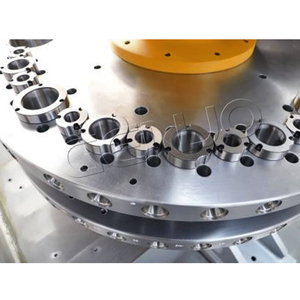



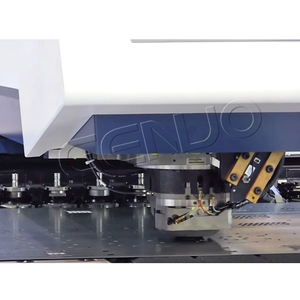





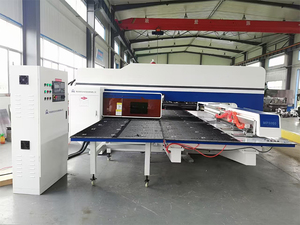


















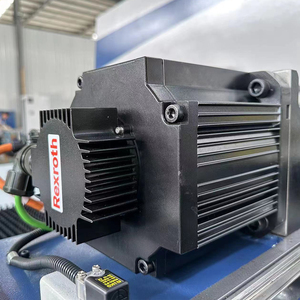
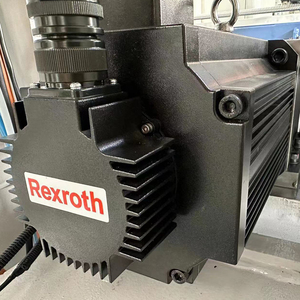






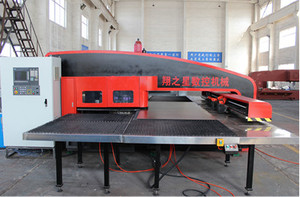




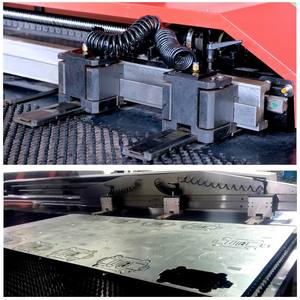


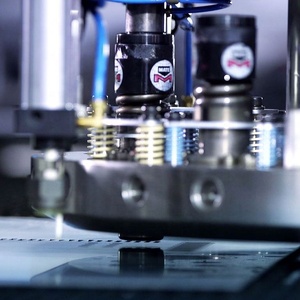
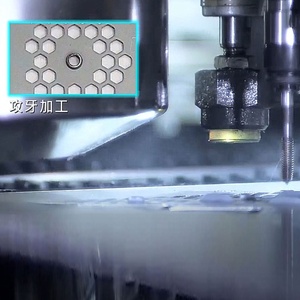



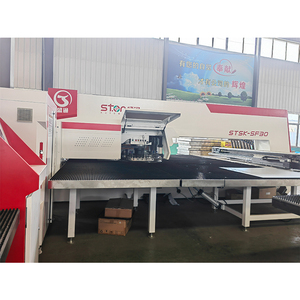






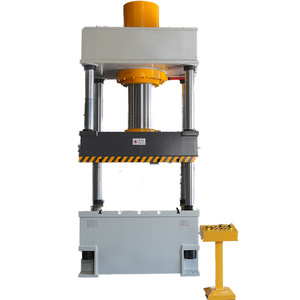




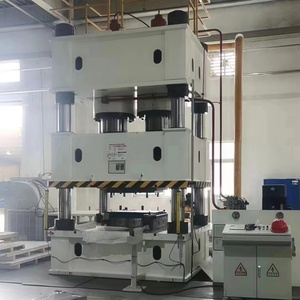
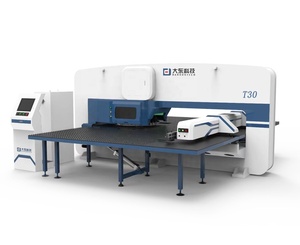



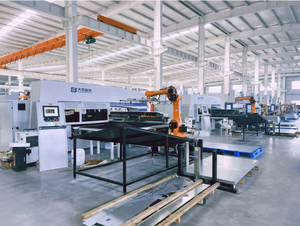





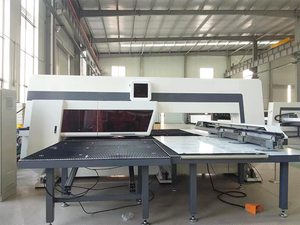


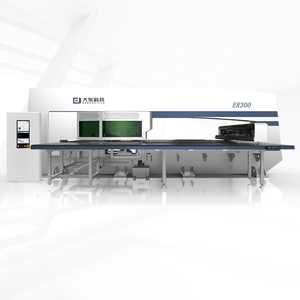




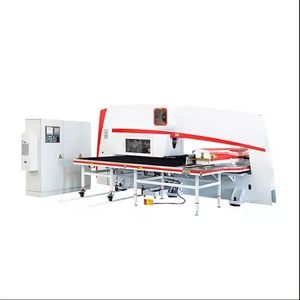


















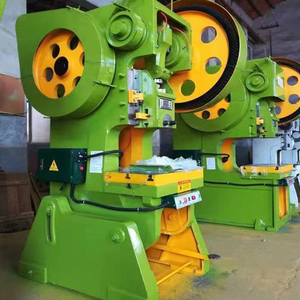












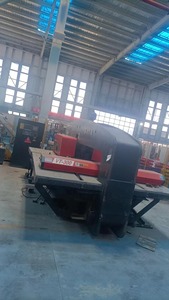




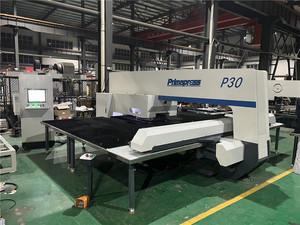








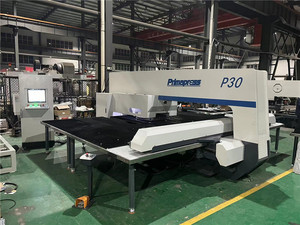
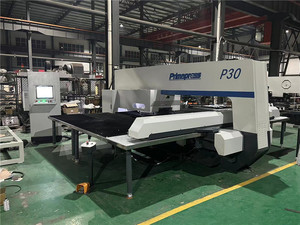


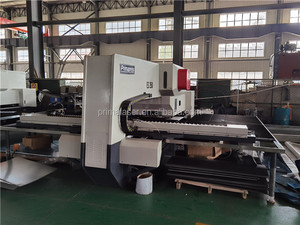





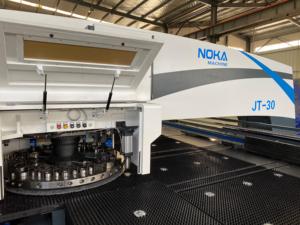

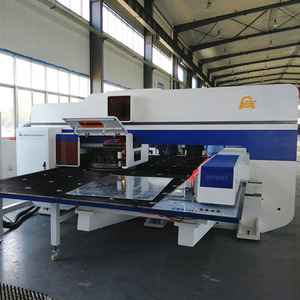



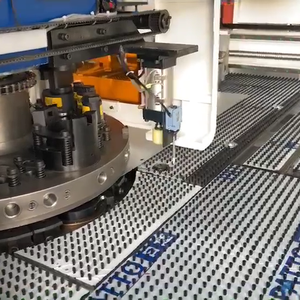









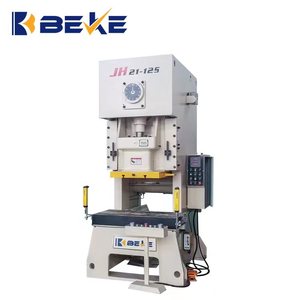


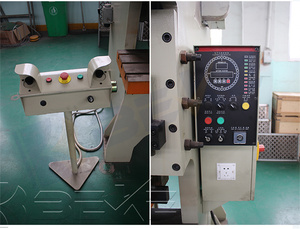






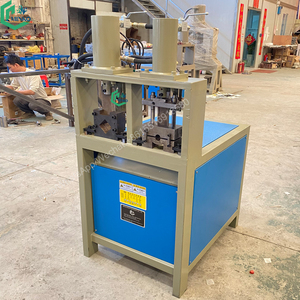
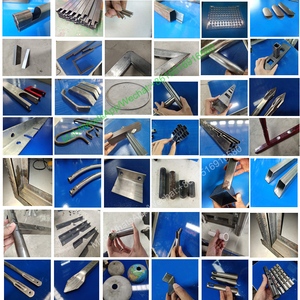











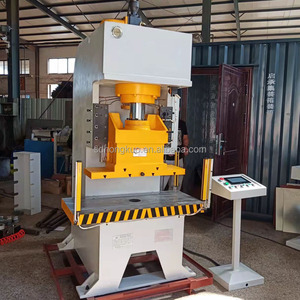


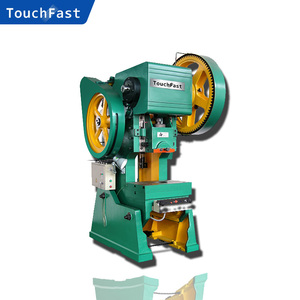





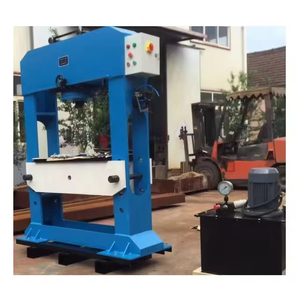












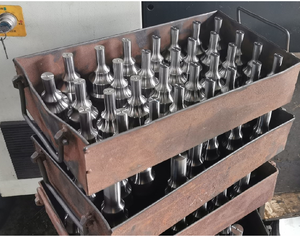



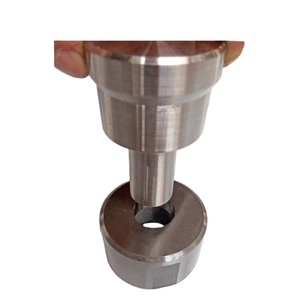




















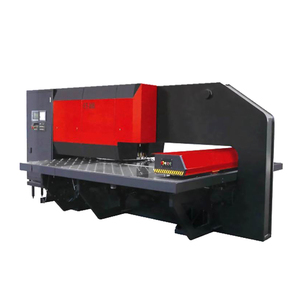


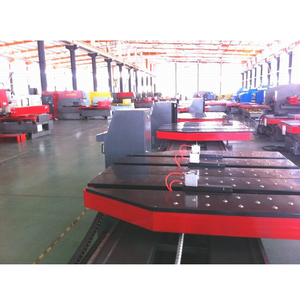



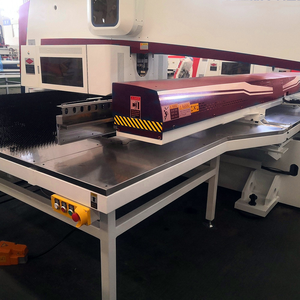
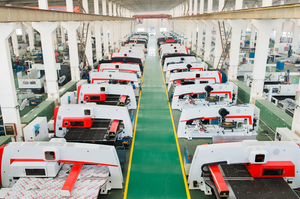









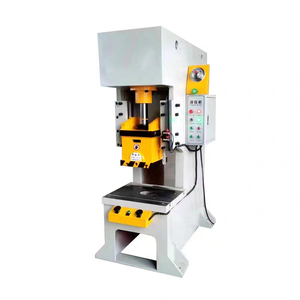

The hydraulic turret punch press is an adaptable metal processing equipment that can be used for a wide range of applications. Nonetheless, it can be categorized into specific models with unique characteristics.
CNC punch press
The CNC punch press incorporates computer numerical control, allowing automatic punching of various shapes and sizes with high precision. This modern hydraulic punch press for metal is flexible and efficient for complex designs.
Touch screen control turret punch press
This kind of turret punch press is easy to operate and has intuitive control as well as good equipment status. It usually has a closed-loop control system and uses a touch screen to realize program control, data monitoring, and fault inquiry/checking, etc. This punch press provides high automation and convenience for production.
Heavy-duty hydraulic turret punch press
Heavy-duty hydraulic turret punch presses offer strong power and excellent processing capacity, suitable for dealing with thick plates or high-volume production tasks. They have robust construction, stable performance, and a long service life, thereby improving production efficiency and cost-effectiveness for enterprises.
Small hydraulic turret punch press
On the contrary, the small hydraulic turret punch press occupies less space, so it is suitable for small-scale production facilities or workshop spaces. Despite its compact size, this punch press is still functional and accurate and meets different processing requirements of enterprises.
Understanding the specifications of the hydraulic punching machine helps to grasp why it is essential to perform necessary maintenance.
Flexible Punching Diameter
The machine can handle a wide range of punching (hole) diameters, typically from 2 mm to 50 mm, which is about flexible. Buyers also find that it can even be custom-made to have a smaller or larger hole diameter.
Hydraulic System Pressure
It usually works with an operating pressure of 16 MPa to 25 MPa (Mega Pascals). That gives the press sufficient power to handle various materials.
Punching Capacity
The machine can process sheet metal of different thicknesses, usually from 0.5 mm to 10 mm (or even up to 20 mm), depending on the material. That includes stainless steel, carbon steel, aluminum, copper, and plastic composites.
Motor Power
Specifications show that the hydraulic turret punch press motor might have a power of 5 kW to 15 kW or more. High motor power gives the machine more torque to handle heavy-duty operations.
Punching Speed and Frequency
It can speed up the production flow by punching speeds of 100 to 400 times per minute (frequency). The frequency can vary based on the material's thickness, the size of the holes, and the pressing force applied.
Dimensional Precision
Generally, the punching machine can make holes with a precision level of ±0.05 mm. That means it can ensure that holes are exactly where they should be and that they are the right size, even when dealing with intricate designs.
Operation Console
The punching machine will have a digital console or computer system for hydraulic turret punch press control. This console has an LCD screen with at least a simple operating system, allowing the operator to enter complex parameters and models accurately and control the machine with precision.
Given the machine's specifications, the following maintenance tips apply to keep it working well and smoothing its operation.
Regular cleaning and lubrication
Implement a routine for cleaning and lubricating the machine.
Use clean pieces of cloth to remove dirt, oil marks, metal residues, and dust from all the machine parts and surfaces. Pay more attention to the guide rails, sliding blocks, and punching dies.
Apply a thin layer of lubricating oil or grease to the moving parts and guides. Doing so will help to reduce wear and smoothen the machine's operation.
Hydraulic System Maintenance
Check the hydraulic oil levels, ensuring they fall within the recommended range.
Inspect the hydraulic hoses and connections periodically. Look for any signs of leakage, damage, or loosening, and promptly address any issues discovered.
Die Maintenance
Inspect the punching dies regularly. Ensure operators clean them to remove metal residues and deposits after each use. Also, check for signs of wear and tear or damage, such as chips or cracks.
Lubrication of moving parts
Perform lubrication of the clamping mechanisms, sliding components, guides, and bearings at the regular intervals recommended in the machines maintenance manual. Doing this will prevent excessive wear and ensure smooth operation.
Metal fabrication and construction industry:
Hydraulic turret punches are extensively used in the metal fabrication and construction industry to make precise holes in various types of metals. For example, the punches can be used to create an intricate array of holes in structural metal components such as steel beams, channels, and plates that are used in buildings and other construction projects. They can also be used for making holes in metal sheets and panels for facades or architectural features in construction projects.
Automotive and aerospace industry:
The automotive and aerospace industries often require a high level of precision in metal parts manufacturing. Hydraulic turret punches can help meet this demand by making precise holes in various types of materials that may be used in automobiles or aircraft.
In the automotive industry, hydraulic turret punches are used to make a variety of body and structural parts, including chassis components, brackets, engine mounts, and more. In the aerospace industry, they are used to make components like fuselage sections, wing structures, and other critical parts that require precision and accuracy.
Electronics manufacturing:
Hydraulic turret punches can also be used in electronics manufacturing to make holes and cutouts in materials used for printed circuit boards (PCBs). For instance, they can be used to create precise apertures and slots in fiberglass, epoxy resin, or polymer materials commonly used for PCBs. This helps ensure that electronic devices function as intended.
Signage and display production:
In the signage and display production industry, hydraulic turret punches can be used to create holes and cutouts in various materials (including acrylic, polycarbonate, and aluminum composite panels) used to make signs, displays, and other marketing materials. This allows for the quick and accurate production of a wide range of signage products.
Tool and die making:
Hydraulic turret punches can also be used in tool and die-making applications to create holes and cutouts in various materials used to make dies, molds, jigs, fixtures, and other tooling parts. This is particularly useful for precise and efficient production of complex tooling components.
Consider the following factors when purchasing a turret punch press machine:
Machine's Daylight Opening Size
Knowing the machine's daylight opening is essential before selecting punches and dies. Material with a height equal to or lower than the daylight opening can fit inside the machine for punching operations. This height must be considered for parts that require assembly or have additional features.
Maximum Throat Depth
The maximum throat depth of the turret punch press determines the farthest distance material can be processed into the machine. The throat depth affects the size of parts that can be fabricated internally. It is necessary when making large components that need internal machining.
Maximum Tonnage
The tonnage rating indicates the pressing strength of the turret punch press. Higher tonnage machines can cut through thicker materials but have higher energy requirements. Evaluating the typical material thickness and considering future needs is essential. Choosing a machine with adequate tonnage for anticipated applications can avoid limitations.
Drive Mechanism
Determining the drive mechanism, whether hydraulic, mechanical, or servo-electric, will impact the machine's operational characteristics. Hydraulic drives excel at handling high-tonnage jobs, while mechanical drives provide speed for high-volume production. Servo drives offer energy efficiency and programmable precision for diverse applications. Choosing the appropriate driving system according to specific usage conditions can maximize work performance.
Tooling Compatibility
Various turret punch presses are compatible with different types of tools. Researching the available tooling options for the selected machine can expand production capabilities. Specialized tools like taps, engraving tools, or staggered blades can perform unique processes when combined with the turret punch press. It is essential to investigate the range of tools compatible with the chosen press to realize its full potential.
Flexible Automation
Consider the automation options available for the selected turret punch press. Automating material handling and part discharge makes it possible to operate the machine continuously, boosting production efficiency. Selecting an automatic sheet feeding system enhances workflow. In heavily automated production lines, the ability to integrate with other systems is critical. Thoroughly examining the automation alternatives and integration capabilities ensures that the press can fulfill future industrial quantity requirements.
Q1: How does a hydraulic turret punch press work?
A1: The hydraulic turret punch press uses a hydraulic system to operate its punching tools. Design blueprints are loaded into the machine, which then punches the desired shapes onto the metal sheet with high precision.
Q2: What materials can the hydraulic turret punch press process?
A2: This punching machine is mainly used for punching holes on metal sheets of different kinds. Examples of metal sheets include stainless steel, aluminum plates, galvanized sheets, and titanium.
Q3: What are the sizes of hydraulic turret punch presses?
A3: The size of a hydraulic turret punch press varies depending on the model. The punching force can range from 10 tons up to 2100 tons or even higher in some cases. Smaller machines are more compact and workspace-friendly, whereas larger models are more industrial-scale.
Q4: Is programming necessary for operating a hydraulic turret punch press?
A4: Yes, programming is necessary to ensure precision and accuracy when punching holes. Operators have to program design patterns into the machine before use.